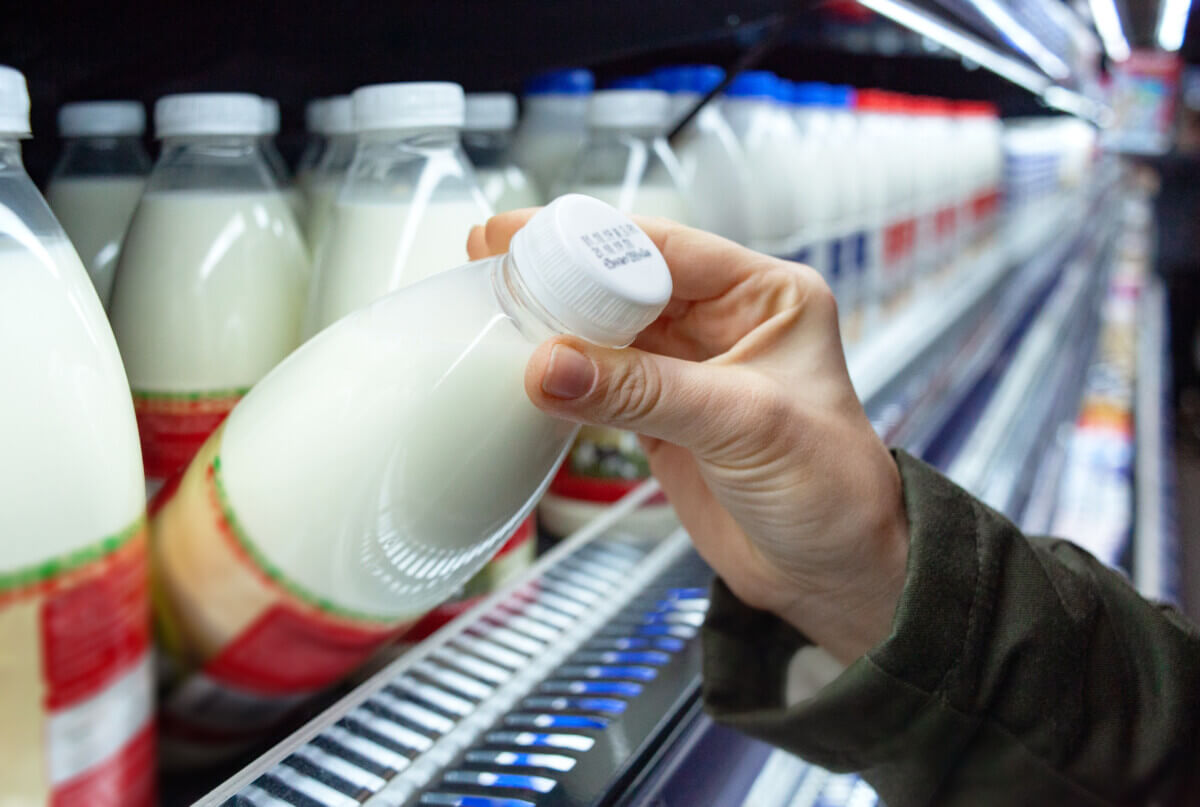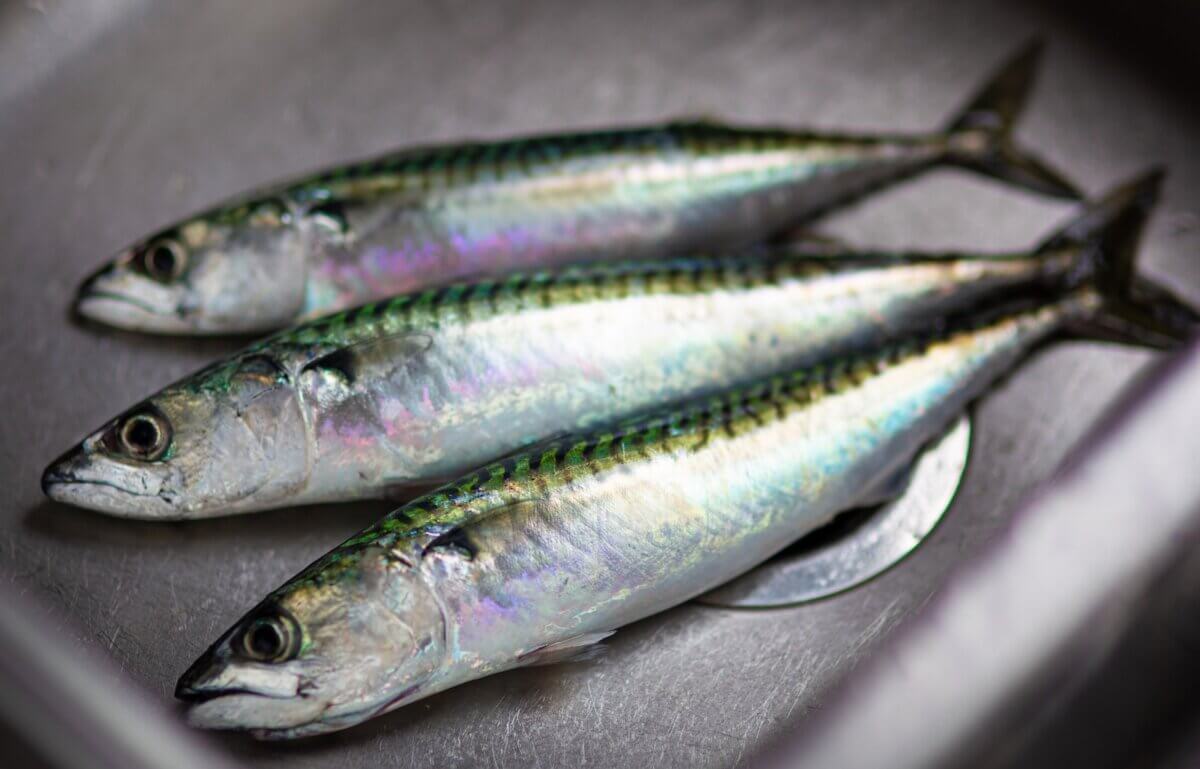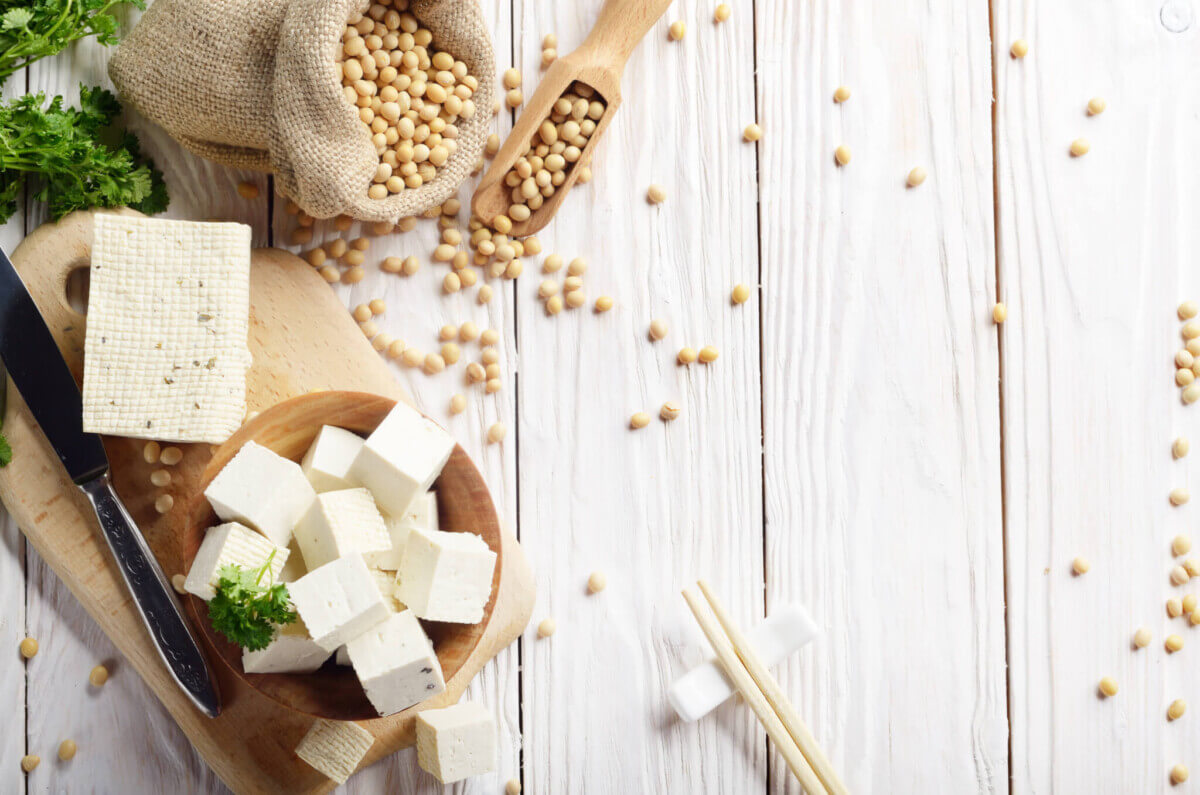
(© 8th - stock.adobe.com)
Milk is one of the most reliable sources of calcium, which we know is needed for building and maintaining strong bones. However, plenty of people don’t drink milk for several reasons. The good news is you can still get calcium without it!
Calcium is an essential mineral everyone needs, but how much you need on a daily basis varies. For adult men and women, 1,000 milligrams (mg) is the daily goal. For women in their 50s and men in their 70s, aim for 1,200-1,300 mg per day. Calcium is needed for several key bodily processes, but osteoporosis prevention is certainly at the top of the list.
Osteoporosis is a disease that makes your bones weak and more likely to break. Some people don’t even know they have it until a bone breaks. According to the Bone Health and Osteoporosis Foundation, nearly 10 million Americans have osteoporosis. On top of that, another 44 million have low bone density, which increases the risk of developing that condition.
In many cases, the condition is preventable. Prioritizing bone health while you’re young helps you in the future when your bones are more susceptible to becoming brittle. By now, you probably know that cheese, milk, and yogurt are calcium-rich, but you can absolutely optimize your diet to consume calcium without dairy sources. Although you have to do more careful planning if you want to meet your needs exclusively dairy-free, it’s possible if you choose the right foods:
Sardines
They aren’t the most glamorous food to eat, but sardines are extremely calcium-rich. The oily fish usually comes packed with the bones still intact, meaning you reap the benefits of the calcium stored in them. Don’t worry, the bones are edible, and get so soft in the can that you can hardly feel or taste them. Just one can provide over 300 mg of calcium.

Tofu
Tofu has an interesting reputation. Asian cultures have loved it for centuries, while many people in Western nations are still under the impression that eating tofu is a one-way ticket to growing unwanted breasts. Spoiler alert: tofu doesn’t have human estrogen and doesn’t cause breast growth. It does, however, have a pretty decent calcium profile. One-half cup of tofu provides around 430 mg of calcium.

Canned Salmon (with bones)
Just like canned sardines, canned salmon with bones packs a strong calcium punch. The softened and easily edible bones help provide close to 330 grams of calcium in just one can.

There are other sources that can help you reach your goals, although they provide lesser amounts for their serving sizes. Almonds, seeds, rhubarb, bok choy, oranges, and figs are some good examples of calcium-rich foods.
Bottom Line
Milk and cheese are always going to be great calcium sources, but the reality is it isn’t on everybody’s menu, and that’s fine. Religious, health, and personal reasons can all take dairy off the kitchen table. Although it might take a bit more harder, it’s not impossible to hit your goals without it. Just be intentional about the foods you choose to include in your daily diet, prioritizing bone-in seafood, nuts, seeds, veggies, and other plant foods.










